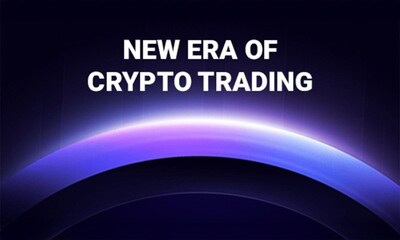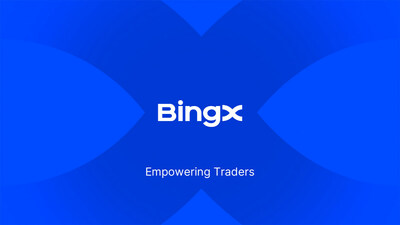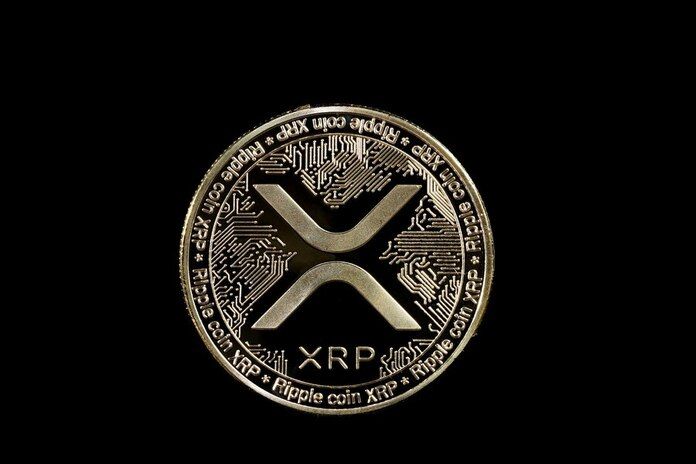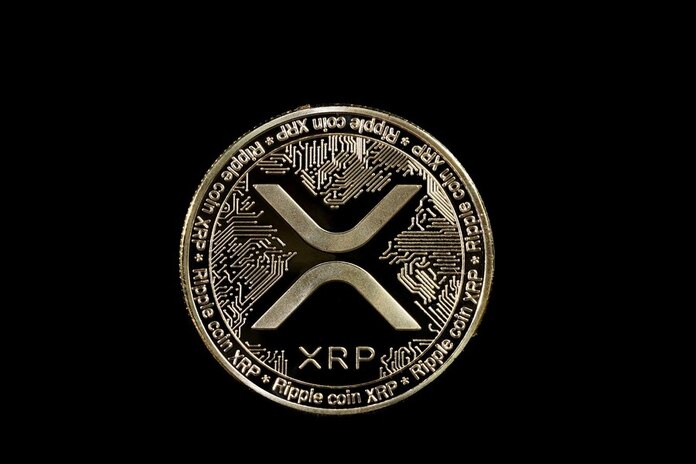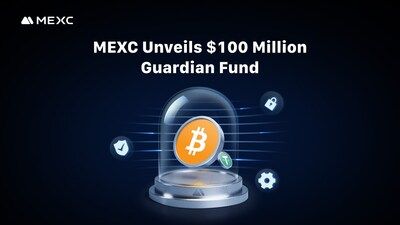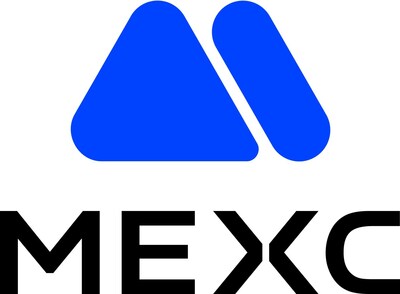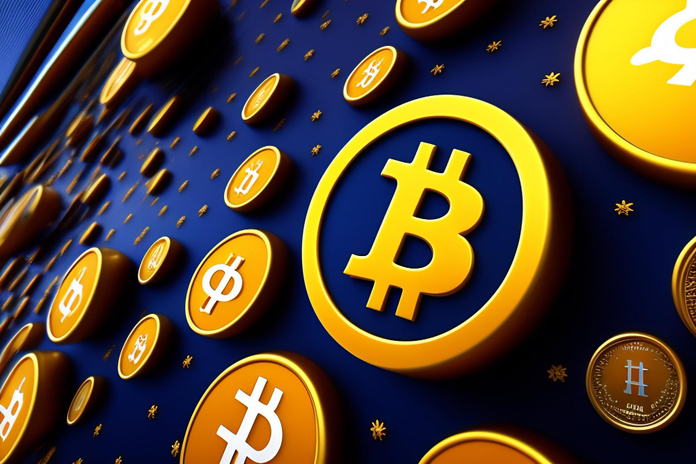Introducing CoolWallet Go: The Smarter Start to Crypto Security
This post was originally published on this site
The first step to self-custody. Experience a new level of intuitive, secure mobile cold wallet.
TAIPEI, June 16, 2025 /PRNewswire/ — CoolBitX proudly introduces CoolWallet Go, a next-generation entry-level cold wallet designed to make crypto security more accessible than ever. Staying true to the brand’s commitment to safety and simplicity, CoolWallet Go features its signature ultra-slim card design, supports multi-chain asset management, and introduces a seedless backup system, eliminating the need to write down recovery phrases.
Whether you’re just getting started with crypto or want a lightweight solution for everyday use, CoolWallet Go delivers a seamless and intuitive experience at an affordable price. Backed by the same high-security standards that define the CoolWallet brand, it’s a new benchmark for mobile cold wallets.
How Powerful Is CoolWallet Go? Here Are 5 Solid Reasons
Seedless backup made simple and secure
CoolWallet Go uses an innovative backup card system that removes the need to write down recovery phrases. Private keys are generated offline within the card itself and completely isolated from connected devices, significantly reducing the risks of user error and exposure.
Each standard package includes one Primary Card and one Backup Card. If the Primary Card is lost, users can easily promote the Backup Card to become the new Primary Card. The original Primary Card will automatically switch to backup mode and lose signing authority, ensuring uninterrupted access and full asset protection.
Ultra-slim card design, portable and battery-free
Continuing CoolWallet’s signature card-style hardware design, CoolWallet Go is ultra-thin, buttonless, and battery-free. It’s waterproof, durable, and built for everyday carry, delivering true cold wallet portability without compromise.
Advanced security with EAL6+ certified chip
Built with an EAL6+ secure element and audited by independent security firm eShard, CoolWallet Go offers strong protection for your assets. It also features Smart Scan, which detects phishing links and suspicious transactions in real time for an added layer of defense.
All-in-one asset management with the CoolWallet App
Paired with the CoolWallet App, users can manage multi-chain assets, earn through DeFi staking, interact with DApps, collect NFTs, and earn stablecoin yields. Cold and hot wallet functionality is fully integrated for seamless convenience.
Flexible asset control with custom EVM chains and multi-wallet support
CoolWallet Go allows users to manually add custom EVM-compatible chains and tokens not yet officially supported. Multi-wallet management is also coming soon, enabling smarter asset allocation and improved risk control.
“CoolWallet Go is a major step forward in making crypto asset security truly accessible. Our goal is to make cold wallets no longer a tool reserved for advanced users, but something anyone can own and use with ease.”
— Michael Ou, CEO of CoolWallet
Simple Enough for Beginners. Powerful Enough for Pros.
Priced at just US$69.99, CoolWallet Go includes two cards to cover both daily use and secure backup. It brings cold wallet security within reach, combining CoolWallet’s trusted security architecture with a slim, lightweight design that’s easy to carry and even easier to use. It’s built for anyone who values asset protection and mobility.
Whether you’re just starting to build your crypto portfolio or you’re a CoolWallet Pro user looking for a more compact, everyday tool, CoolWallet Go adapts to your lifestyle and makes managing assets simpler and more effortless than ever.
Purchase Information
CoolWallet Go is now available on the official website. Each standard package includes one Primary card and one Backup card, priced at US$69.99.
For added peace of mind, users can also purchase a Lifetime Warranty for just US$39.
Visit our website today and take the first step toward secure, self-managed crypto ownership.
https://www.coolwallet.io/collections/coolwallet-go
About CoolWallet
CoolWallet is a pioneering hardware wallet brand that offers a secure and convenient solution for storing and managing digital assets in the Web3, DeFi, and NFTs arenas. The company’s flagship product, the CoolWallet Pro, is a credit card-sized device that combines the security of a hardware wallet with the convenience of a mobile device. With its unique design and advanced security features such as an EAL6+ secure element, biometric verifications, and military-grade Bluetooth encryption, CoolWallet is committed to providing a safe and user-friendly platform for crypto users worldwide.
To date, CoolBitX has maintained a zero-hack record and has earned the trust of over 300,000 users globally.
Guided by its mission to make self-custody safe and accessible for everyone, CoolBitX remains committed to advancing secure and user-friendly digital asset management solutions.
![]() View original content to download multimedia:https://www.prnewswire.com/news-releases/introducing-coolwallet-go-the-smarter-start-to-crypto-security-302482151.html
View original content to download multimedia:https://www.prnewswire.com/news-releases/introducing-coolwallet-go-the-smarter-start-to-crypto-security-302482151.html
SOURCE CoolBitX Ltd.

Featured Image: depositphotos @ timbrk



